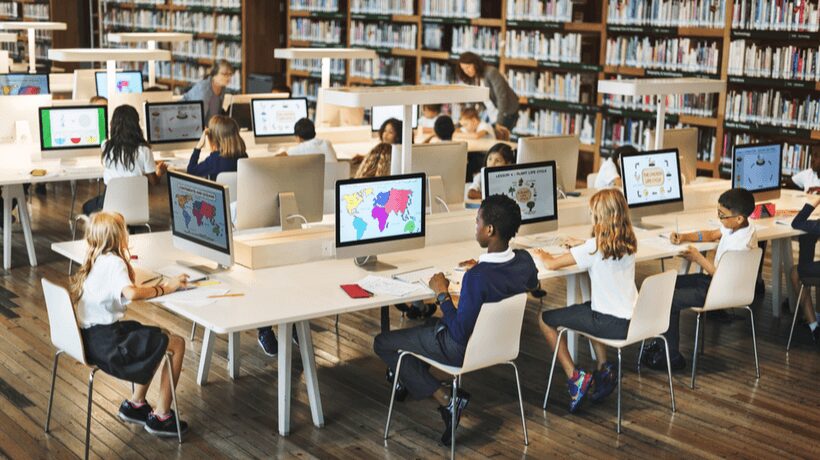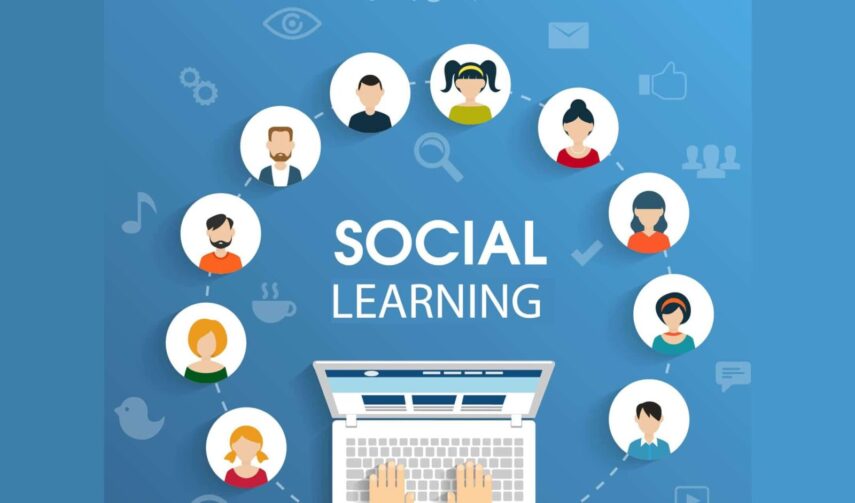The COVID-19 pandemic has led to significant changes in the way most educational institutions operate. From primary and secondary schools to universities, the pandemic forced all the students to adjust to new ways of doing things. These changes sometimes resulted in incredible innovation in the education sector. Below are some of the few ways in which the pandemic has created meaningful innovations in education.
1. More use of technology

The necessitated requirement of remote learning resulted in a significant increase in the use of technology in classrooms. With the emergence of the pandemic, students were forced to use different online learning tools and apps such as Google Classroom, zoom, and Microsoft Team for online classes and other digital activities.
2. Video conferencing and collaborative learning
With the pandemic’s emergence, most educational institutions shifted to video conferencing and collaborative learning. With this, it has become much easier for educational institutions to connect with each other and collaborate using video conferencing tools such as Zoom and Google Classroom. This has made the learning process much more interactive and engaging.
3. Gamification

With the emergence of the COVID-19 pandemic, educational institutes have adapted the concept of gamification to help engage students in the learning process in a more enjoyable way. Gamification includes incorporating game-like elements to make the learning process more interactive. Gamification also helps motivate students by providing instant gratifications for tasks completed and rewards for completing the course.
4. Online learning platforms
One of the most significant innovations brought out in the education system is the move to remote learning. There have been numerous platforms that were developed and implemented for both teachers and students. The platforms allow educators and learners to keep learning and engaging.
5. Remote Exams

With the pandemic, remote exams have become a prevalent form of student testing. With the help of digital tools and apps such as quizzes and online assessment tools, most educational institutions are now able to conduct exams online and evaluate learners’ performance without any physical contact.
6. More Innovative Teaching Strategies.
With the emergence of the pandemic, more innovative teaching strategies and approaches have been introduced to keep students engaged and motivated throughout the learning process. Educational institutes are introducing flipped classrooms, project-based learning, and practical projects to make the learning experiences more meaningful and effective.
7. Personalized learning

The emergence of the pandemic has led to the enhanced use of technology in the education sector, and this personalized learning has become the new buzzword. Schools and other educational institutions are now giving students a personalized learning experience with the help of tailored content and individualized learning approaches.
8. Incorporating technology
With the emergence of the pandemic, technology has been successfully incorporated into the classroom to enhance teaching and learning. Smart boards, digital interactive whiteboards, and other innovative tools are being used in the education sector to create an immersive experience for students and inspire them to learn.
9. Adaptive learning

With the emergence of the pandemic, most educational institutes have adopted an essential innovative adaptive learning process. An adaptive learning solution offers personalized learning experiences by providing educational content that is tailored to every specific student’s needs, performance levels, and individual learning styles. This provides a more personalized learning experience and helps learners to learn more effectively.
10. Mixed learning
The emergence of the pandemic forced schools to adopt blended learning techniques by combining online classes with classroom sessions to enhance the learning experience. With mixed learning, students now feel more engaged in the learning process.
11. Smart Online Student’s assessment

With the emergence of the COVID-19 pandemic, online student assessments have become a preferred choice for administering tests and exams. The emergence of the pandemic has led to the innovation of more smart online assessment features like adaptive testing and automated scoring that are made to ensure better, more secure, and faster results.
12. Artificial Intelligence
The emergence of the pandemic has resulted in increased use of AI in the educational sphere, with the AI-based tutors and chatbot innovations becoming more and more common. AI-based innovations have been used to track and monitor students’ progress in their studies and respond with personalized feedback to each student’s needs.
13. Augmented and Virtual reality

With the introduction of the COVID-19 pandemic, augmented and virtual reality are two technologies that have been mainly used in the education sector. These innovative technologies have been used to create more significant and interactive lessons that engage students in previously impossible ways.
14. Learning Management System
Since the emergence of the COVID-19 pandemic, the learning management system has been designed to help educators track their students’ learning. Through these integrated systems, educators can now assign tasks, track the progress of the students and even provide them with feedback on their work.
15. Social Learning

With the emergence of the COVID-19 pandemic, social learning started taking off as students sought to connect with their peers online. Through platforms such as Facebook and Instagram, students are able to discuss various topics, share resources, and form study groups to support each other academically.
16. Adaptive learning software
Adaptive learning software has emerged with the emergence of the COVID-19 pandemic; adaptive learning software has been used to provide students with a customized learning experience. With this innovation, it is possible to provide students with tailored content and exercises to best fit students’ needs and preferences.
Innovations in education during the pandemic have taken many different forms. In the midst of the pandemic, technologies such as virtual classrooms, video conferencing, and online platforms continue to evolve, making the current learning environment more accessible and convenient. In terms of online tutoring, various platforms, and services have enabled parents and students to connect to certified teachers and tutors worldwide. To witness effective innovations, consider visiting the homework market as it provides a capability that makes it easier for students to receive help with their homework and practice tests.
In conclusion, the pandemic has led to various innovations in the education sector that are not just of benefit to students only, but also to the entire education sector. More use of technology, enhanced access to resources, personalized learning, and mixed learning, among others, are some of the ways in which the emergence of the pandemic has revolutionized the education sector. As we move forward, it will be interesting to see how these innovations will shape the future of the education sector in the future.
Related Posts:
- 9 Precautions to Take While Eating in a Restaurant…
- How Sex Doll Vendors Have Been ‘Essential’ During…
- Online Gambling Tips For Novices Turning To Virtual…
- Pros and cons of buying stocks during the COVID-19 pandemic
- Revolutionizing Online Gambling: Impactful…
- 7 Industries Revolutionized by Technological Innovations







